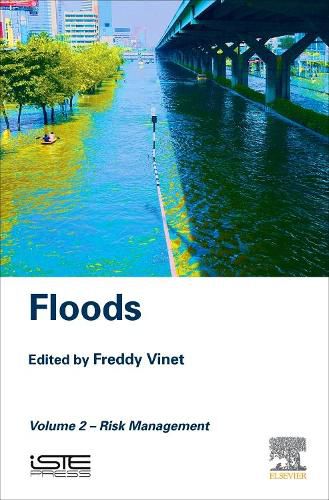Readings Newsletter
Become a Readings Member to make your shopping experience even easier.
Sign in or sign up for free!
You’re not far away from qualifying for FREE standard shipping within Australia
You’ve qualified for FREE standard shipping within Australia
The cart is loading…






The management of flood risk seems to be facing a daunting paradox. Despite increasingly effective risk knowledge tools and the efforts of international institutions to place risk reduction at the top of the agenda, the cost of disasters continues to increase. It is also increasingly difficult to avoid the urbanization or development of potential flood zones. The fundamental issue involves determining the conditions necessary for efficient prevention by focusing on adaptability to risk, which implies coping with the risk of flooding rather than directly fighting against it or simply ignoring it.
This second volume of the Floods series of books explores existing policies and tools which mitigate the impact of flooding: the construction of protective structures, the reduction of vulnerability, land use planning, the improvement of crisis management, etc. The closing chapters focus on the question of adaptation through post-flood reconstruction, integrating disaster risk reduction measures, e.g. through resilient urbanism.
$9.00 standard shipping within Australia
FREE standard shipping within Australia for orders over $100.00
Express & International shipping calculated at checkout
The management of flood risk seems to be facing a daunting paradox. Despite increasingly effective risk knowledge tools and the efforts of international institutions to place risk reduction at the top of the agenda, the cost of disasters continues to increase. It is also increasingly difficult to avoid the urbanization or development of potential flood zones. The fundamental issue involves determining the conditions necessary for efficient prevention by focusing on adaptability to risk, which implies coping with the risk of flooding rather than directly fighting against it or simply ignoring it.
This second volume of the Floods series of books explores existing policies and tools which mitigate the impact of flooding: the construction of protective structures, the reduction of vulnerability, land use planning, the improvement of crisis management, etc. The closing chapters focus on the question of adaptation through post-flood reconstruction, integrating disaster risk reduction measures, e.g. through resilient urbanism.